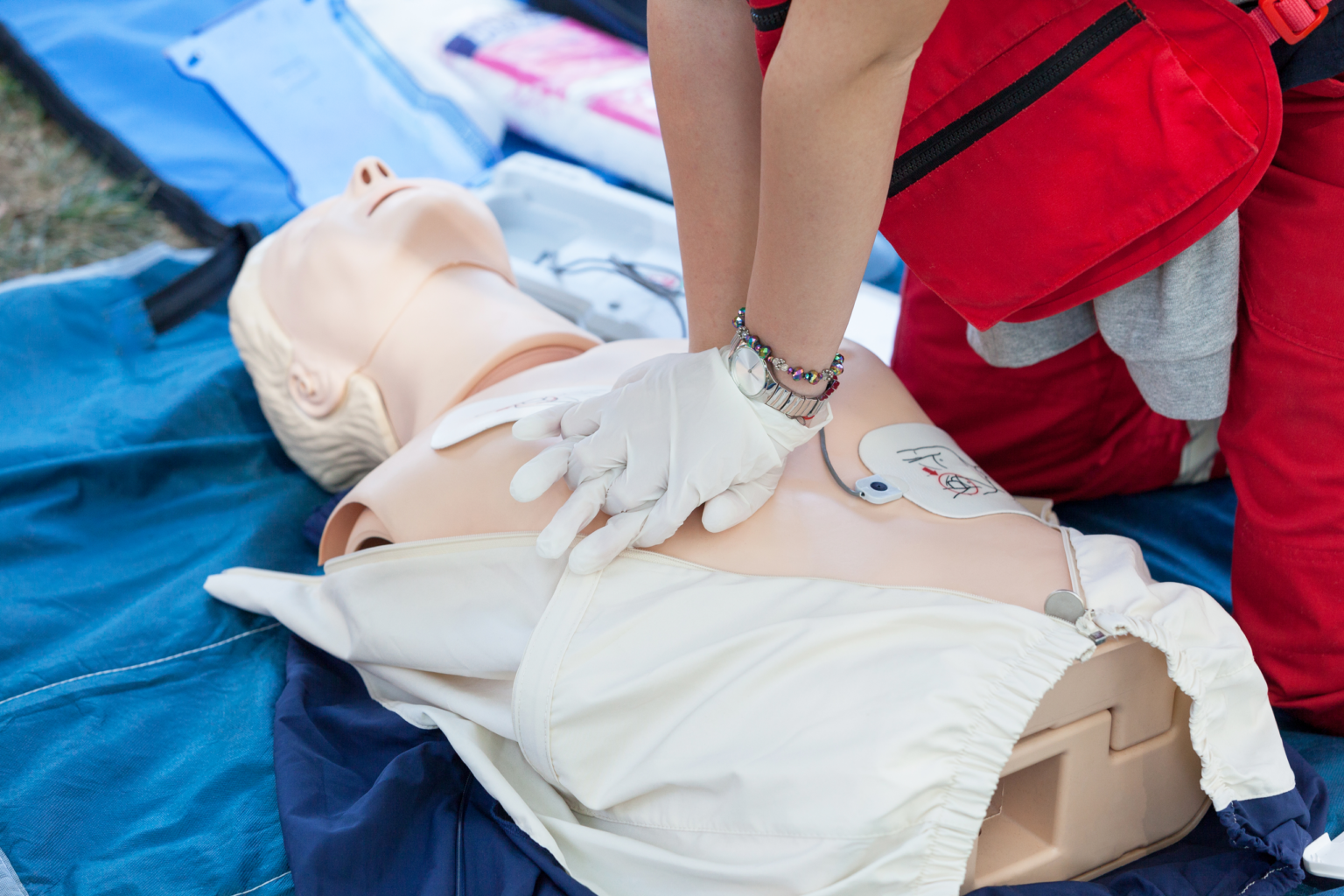As we near the end of the NFL season, the cardiac arrest and successful resuscitation of Damar Hamlin and the recurrent concussions sustained by Tua Tagovailoa are still being discussed by football fans across the United States. The television broadcast of sports and almost immediate social media news access has exposed countless people to these traumatic events.
On the one hand, this has triggered much-needed focus on bystander CPR training and concussion recognition and management. On the other hand, the ready access to videos of these events has exposed hundreds of thousands, if not millions, of people to these traumatic events.
As EMS practitioners, we have been indirectly taught to associate the word trauma with physical injury, but current psychological research into secondary trauma, also known as vicarious trauma, has demonstrated that witnesses to the firsthand traumatic experience of another person can result in secondary trauma.
As clinicians who deal with traumatic events on a regular basis, we may have experienced some of the symptoms associated with secondary traumatic stress, and we may or may not have recognized that these symptoms are connected with exposure to trauma. These symptoms occur in the cognitive domain, the emotional domain, the behavioral domain, and the physical domain.
Symptoms of Secondary Trauma
Examples of cognitive symptoms include trouble concentrating, feeling apathetic, having preoccupation with the traumatic event, rigid thinking, and perfectionism. Examples of emotional symptoms include sadness, guilt, anger, feeling numb, and feeling helpless. Examples of physical symptoms include increased heart rate, difficulty breathing, muscle and joint pain, infections due to impaired immune systems response, and increased severity of existing medical concerns. Examples of behavioral symptoms include sleep disturbances, increase or decrease in appetite, withdrawal from social situations, elevated startle response, and hyper-vigilance.
These symptoms can manifest in poor work performance and place strain on personal and professional relationships. They can also result in weight loss or weight gain, worsening blood pressure, cardiovascular disease, substance use/misuse, or other disabling physical symptoms.
Now that the general public can be exposed to traumatic situations on a regular basis, the risk of secondary trauma is increased. People who witness firsthand the traumatic experience of another person are at risk for a stress response. Even more intriguing is that people who are indirectly exposed to trauma by discussion of traumatic events or by being a caregiver for the victim of the trauma are also at risk for a stress response.
It is important that practitioners understand the risks and effects of secondary trauma. This knowledge will benefit the patients that we care for, the friends and family members who are caregivers or support for our patients, for our colleagues, and for ourselves.
First-Line Treatment for Secondary Trauma
Early recognition of secondary trauma can allow for early and appropriate treatment. First-line treatment options include maintaining a regular schedule, making sure you get enough sleep, eating a healthy diet, staying hydrated, exercising, maintaining work-life boundaries, and speaking with a friend or loved one about your secondary trauma. It can also be highly beneficial to speak with a professional trained in trauma about the secondary trauma. Processing the trauma appropriately can help to prevent the stress response from being a long-term issue.
The Importance of Listening and Providing Compassion for Secondary Trauma
If you are called upon to be a support from someone who has experienced secondary trauma, it is important to listen first to understand rather than to response. Providing compassion and understanding validates the experience and helps the individual to process their feelings and emotions. You can also help by providing healthy meals or encouraging the individual to participate in physical activity, such as going for a walk together. Checking back frequently with simple questions like “How are you doing?” can be very helpful. Assisting individuals in processing this secondary trauma can potentially reduce the likelihood of it becoming a post-traumatic stress disorder, which is a concern if symptoms last for greater than one month and causes clinically significant distress or impairment in social, occupational, or other important areas of functioning.
Research into secondary trauma, manifestations of secondary trauma, and treatment of secondary trauma is ongoing. We can help those affected by secondary trauma by recognizing the risk factors, signs, and symptoms, providing support, and providing direction to available resources.
Take the Next Step with BLS Certification
If witnessing trauma leaves a lasting impact, knowing how to respond can offer some peace of mind. As a healthcare professional, becoming BLS certified equips you with essential CPR skills to act fast in cardiac emergencies, whether you’re in the field or off the clock. Our online BLS certification course is built for busy healthcare professionals. You’ll walk away with the confidence to make a difference—and the BLS certificate to prove it. Get BLS certified and be prepared when it matters most.
Melodie J. Kolmetz, MPAS, PA-C, DFAAPA, EMT-P, CP-P
Sources
- https://ovc.ojp.gov/program/vtt/what-is-vicarious-trauma
- https://psychcentral.com/health/secondary-trauma#recap
- https://www.ncbi.nlm.nih.gov/books/NBK207191/box/part1_ch3.box16
Recommended Articles

Healthy Tips for Healthcare Providers to Manage Stress
Balancing demanding healthcare careers and family life is essential to performing and feeling your best. Use these healthy tips for healthcare providers.




